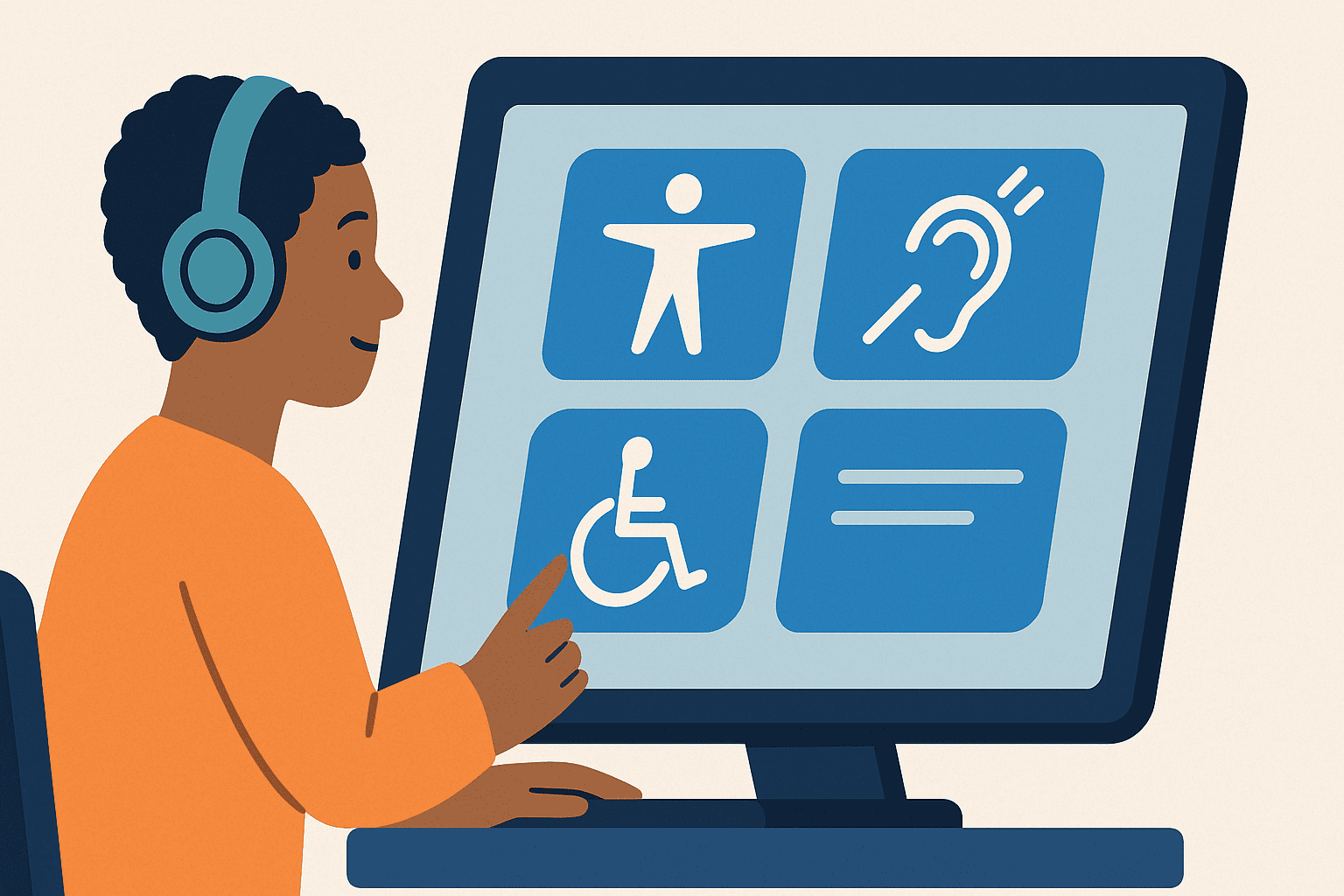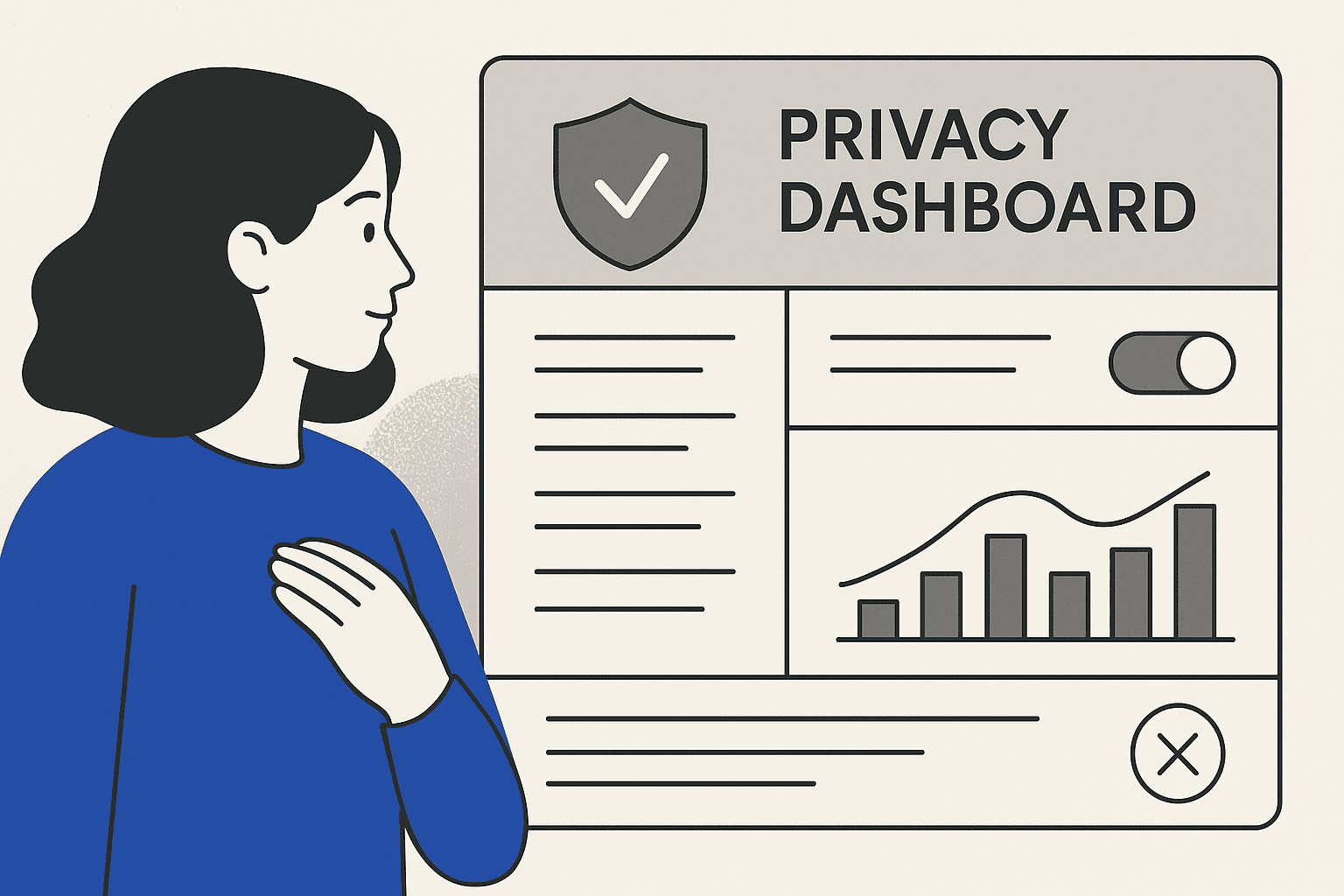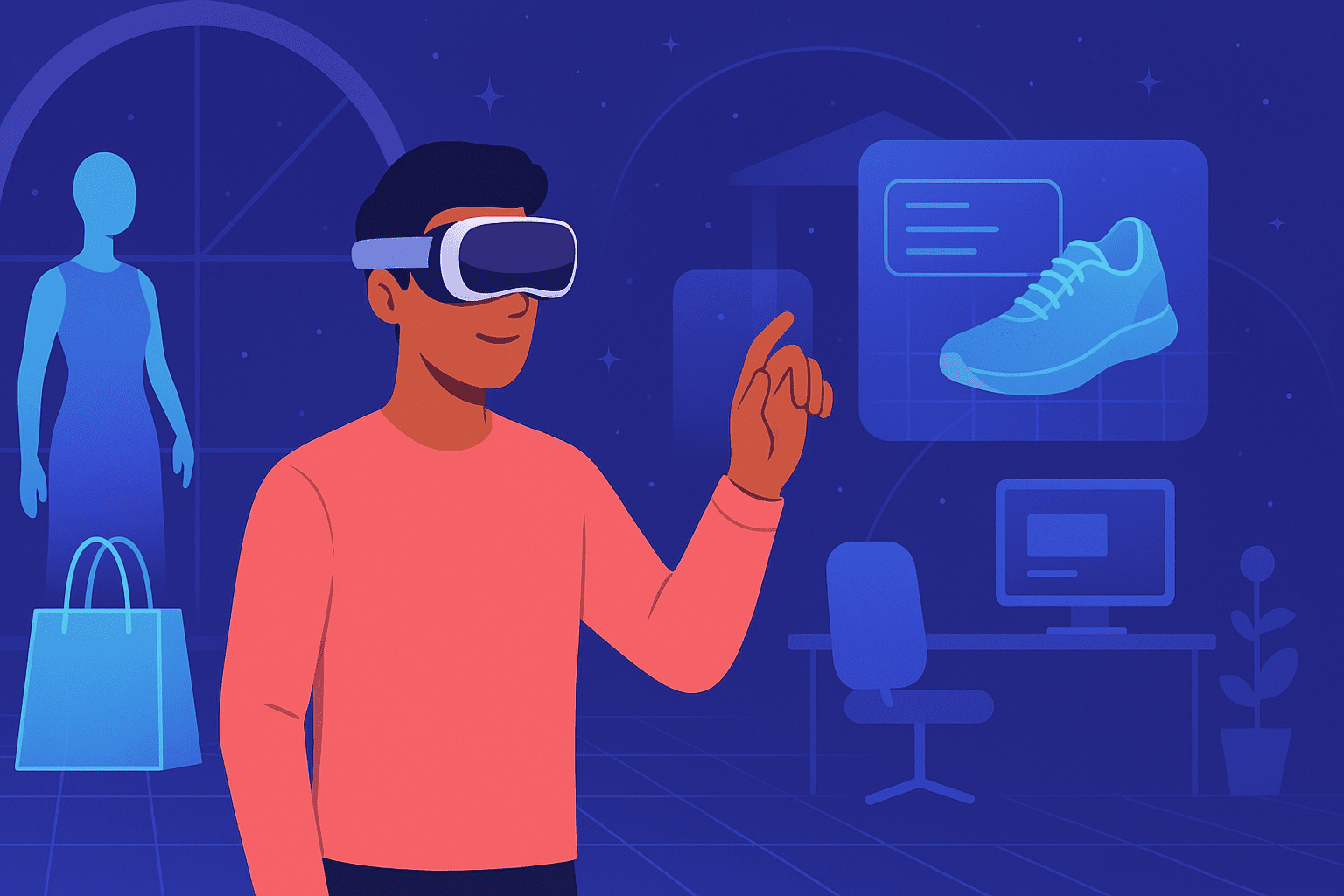
Alright, design lovers—2025 is already here, and the UX/UI world is evolving faster than ever. We’re talking AI-powered interfaces that actually get you, invisible UI’s that blend into your daily life, and a hard pivot towards ethical design (bye, dark patterns!). If you thought 2024 was a trip, buckle up—here are the five biggest UX/UI trends shaping our digital experiences this year and what’s coming next.
AI-Driven UX: Your Digital Experience, But Make It Personal
AI isn’t just recommending what to watch—it’s reshaping how we experience digital products. In 2025, we’re moving past static designs into hyper-personalized, AI-driven interfaces that adapt in real-time based on behavior, preferences, and even emotions. Your favorite apps will feel more like a personal assistant than just a platform.
💡 Example: Imagine Netflix or Spotify tweaking the UI dynamically depending on the time of day, your mood (yes, facial recognition or biometrics are in play), or your recent interactions. Dark mode kicks in when it senses you’re winding down, your playlist UI reorganizes itself based on past listening habits—seamless, intuitive, and ultra-personal.
🎨 For UX/UI Designers:
- Static layouts are out, adaptive experiences are in.
- Expect to work closely with AI engineers and data scientists.
- Privacy and transparency are more critical than ever—users want control.
🔮 What to expect in 2026? AI-powered cross-device experiences will become the norm, syncing seamlessly from your phone to your AR glasses to… brain-computer interfaces? 👀
Accessibility-First Design: Not Just a Requirement, But an Innovation Driver
Accessibility is finally getting the attention it deserves—not as a checklist item but as a core innovation driver. Adaptive, AI-driven interfaces will break usability barriers for everyone, making digital spaces more inclusive.
💡 Example: Microsoft’s been leading the charge with adaptive controllers and AI-driven accessibility tools, but in 2025, expect Meta, Apple and Google to roll out voice-driven UIs that adjust in real-time, making screens optional for users with mobility challenges.
🎨 For UX/UI Designers:
- Accessibility-first design thinking is the standard, not the exception.
- AI tools will help detect and fix accessibility issues on the fly.
- Brands that champion inclusivity will win—users notice who prioritizes this.
🔮 What to expect in 2026? Gesture-based interactions, cognitive load optimization, and a world where “accessibility” just means “good design.”
No-UI & Invisible Design: The Era of Interfaces That Disappear
Who needs screens when you can interact with tech using your voice, gestures, or even biometrics? In 2025, the best UI might just be… no UI at all.
💡 Example: Think about how voice assistants like the one on Meta Glasses has already streamline interactions, by letting you take pictures and videos or even ask questions in real time without having to take your hands out of your pocket while you walk on the street and at the same time protecting your eyes from the sun.
Now imagine a banking app where you check balances, transfer money, and pay bills securely just by talking—no screen required.
🎨 For UX/UI Designers:
- UI is expanding beyond screens—voice, biometrics, and gestures are in.
- Start thinking about multi-sensory design and how users interact beyond touch.
- Design systems now need to account for invisible interactions.
🔮 What to expect in 2026? AI-driven predictive interfaces that anticipate what you need before you even ask. Minority Report vibes, but make it ethical.
Ethical UX & The Death of Dark Patterns
We’re over deceptive UX tricks. Users hate being manipulated, and regulators are cracking down. In 2025, ethical UX isn’t a “nice-to-have”—it’s a business necessity.
💡 Example: Apple and Google are already making privacy-first moves, but expect AI-driven privacy dashboards to give users real-time insights into how their data is used, with seamless opt-in/out experiences.
🎨 For UX/UI Designers:
- No more shady opt-ins, forced subscriptions, or sneaky design tricks.
- Expect to conduct ethical UX audits regularly.
- Transparency = trust. The brands that do this well will win loyalty.
🔮 What to expect in 2026? Ethical UX certifications—companies will wear their trustworthiness like a badge of honor.
3D & Spatial UX: The Metaverse Didn’t Die, It Evolved
Forget the clunky VR hype—3D and spatial UX are getting useful. Apple Vision Pro, Meta’s latest AR/VR plays, and lightweight MR headsets are pushing design beyond the flat screen and into immersive, spatial interactions.
💡 Example: IKEA and Nike are already using AR for shopping, but 2025 is the year of fully virtual malls, immersive workspaces, and holographic interfaces.
🎨 For UX/UI Designers:
- Time to master 3D design principles, whether it’s Unity, Unreal Engine, or WebXR.
- Traditional navigation patterns are shifting—think spatial interactions, hand gestures, and holograms.
- Mixed reality means designing experiences that feel intuitive in real-world spaces.
🔮 What to expect in 2026? Spatial UX becomes mainstream—think holographic meetings, virtual product testing, and fully immersive digital workspaces.
Looking Ahead: The Future of UX/UI is Adaptive, Ethical & Incredibly Intuitive
The trends shaping 2025 are just the beginning. Expect interfaces to become smarter, more immersive, and seamlessly woven into daily life. AI, accessibility, and ethical design will define the future—ensuring that tech works for people, not against them.
✨ Want to stay ahead of the curve? Let OrangeLoops help you craft cutting-edge, human-first UX/UI experiences.




